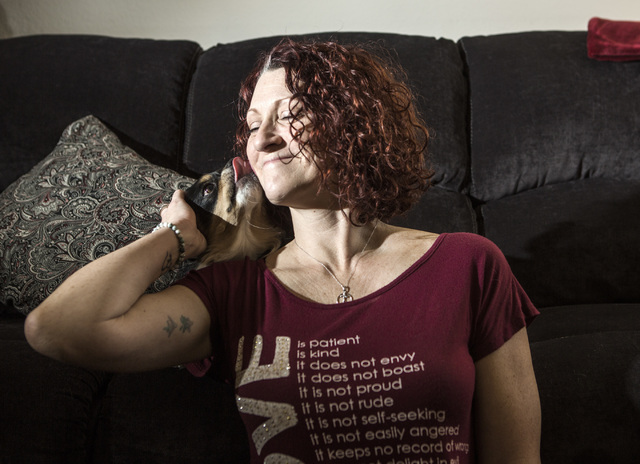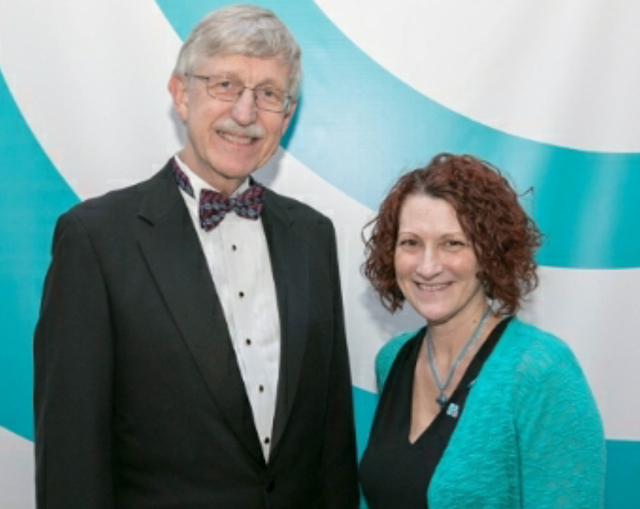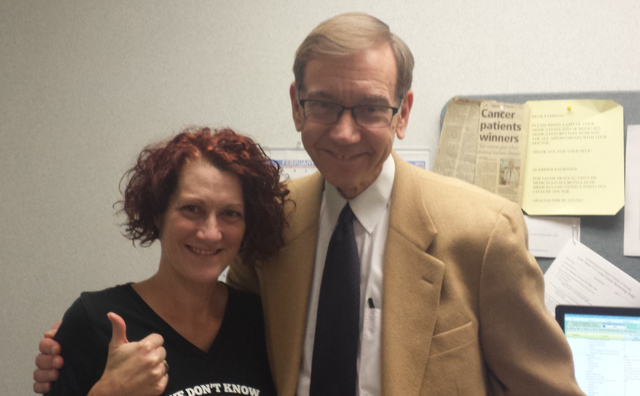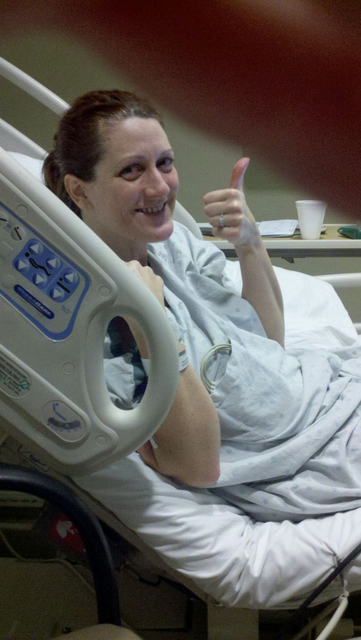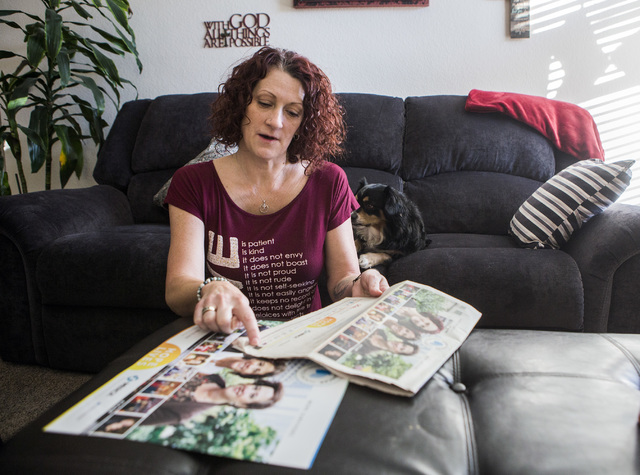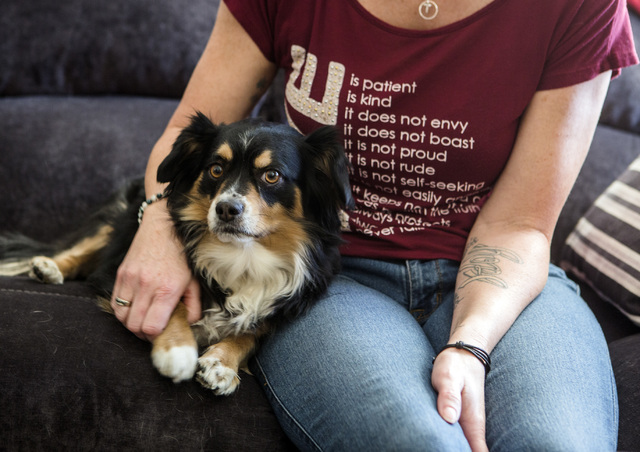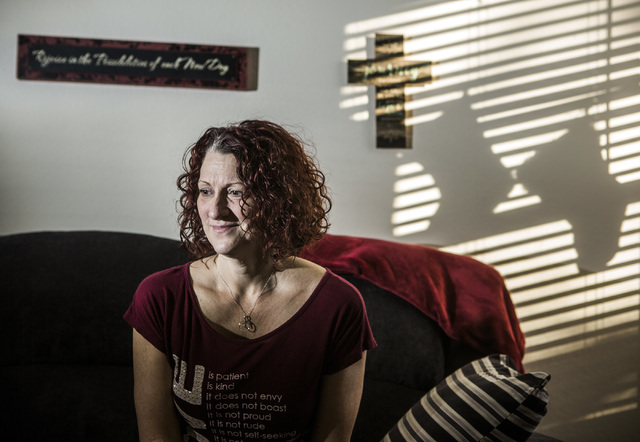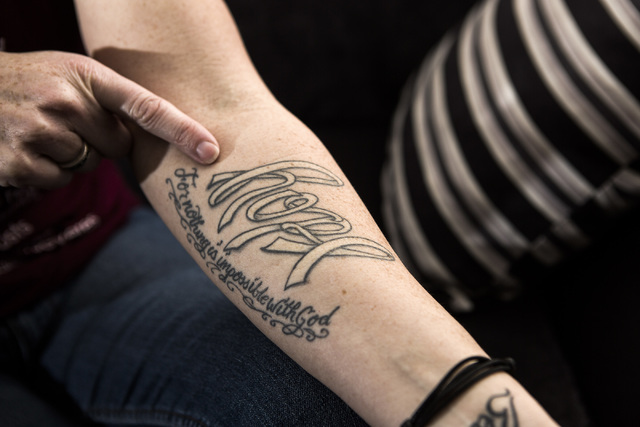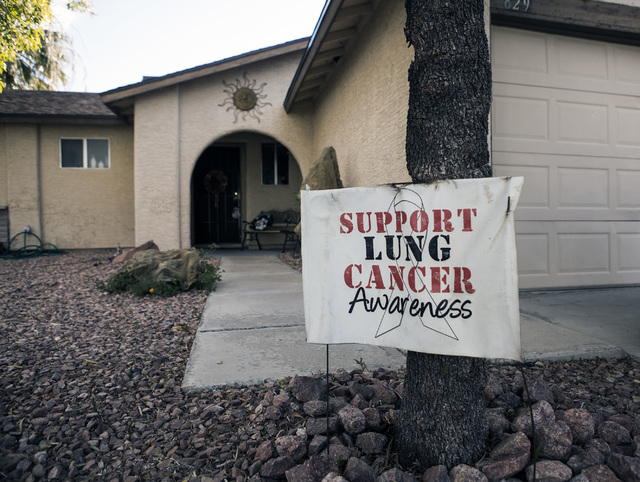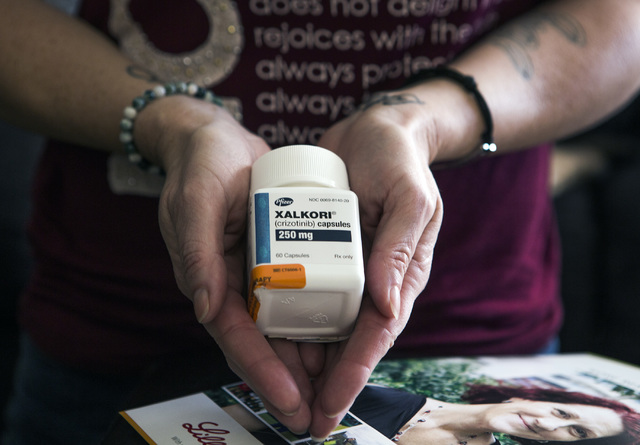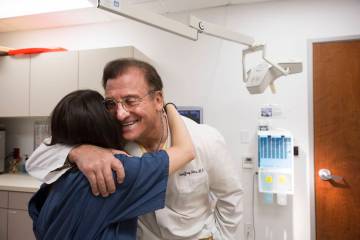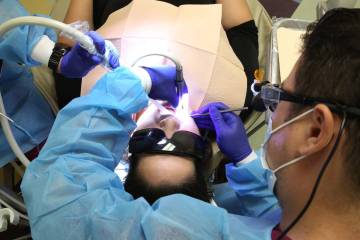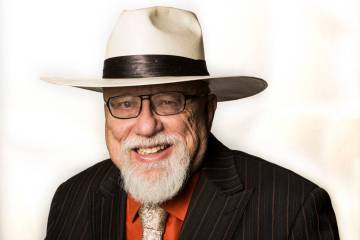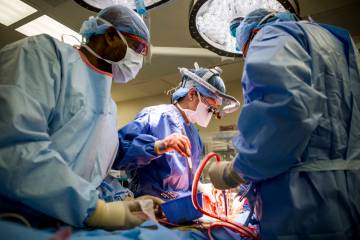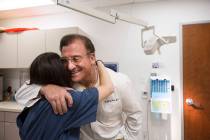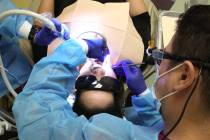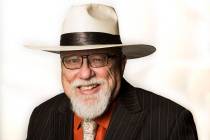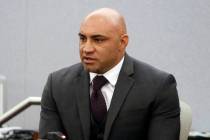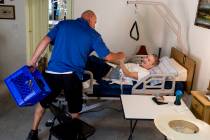Beating cancer: Woman’s journey started at Stage 4
When the then 40-year-old Lysa Buonanno came down with a backache five years ago, she was no different than the rest of us. She figured she pulled a muscle — a kind of physical midlife crisis — and was too busy to go to the doctor right away.
The more she thought about it, the more she figured she did it moving around patients as part of her radiology technician internship at Southern Hills Hospital.
But after almost four months of gobbling over-the-counter pain medications did nothing to alleviate the pain, she went to a UMC Quick Care facility. As part of his workup on her, the doctor ordered a chest X-ray.
When Buonanno saw the image, her radiology tech training kicked in. Something was wrong, but she didn’t know what.
“I think the doctor had an idea,” Buonanno said Friday as she sat in the living room of her Henderson home. “He told me to go down to University Medical Center ER to get more tests. My mother went with me.”
After a series of tests were done, a doctor waited to give the results to the two women before him.
“If you’re her mom, you better sit down, too,” he told Paula Ashton.
“Lung cancer had spread to the bones” is what mother and daugher heard before they started sobbing.
In 24 hours, what had started as a search for the best way to treat a pulled muscle turned into a search for the best way to handle a death sentence.
Both women had friends who died from the disease linked to cigarette smoking 80 to 90 percent of the time.
“It didn’t make sense,” Paula Ashton said.
If there was a life-saving wonder drug available, neither mother nor daughter had heard of it.
So the married mother of two children — husband Joe does transportation safety inspections — went through medical treatments without much hope that they’d be effective.
There was painful surgery to remove tumors from her spine and surgery to remove fluid from around her heart.
Months of chemo and radiation made her ill and so drained her she could barely walk.
And she still developed 16 new tumors in her lungs. As she grew weaker and weaker in 2013, death didn’t seem far away.
But then two things happened almost simultaneously. She read about a new drug that could treat a rare lung cancer driven by a mutation in the ROS1 gene. And she was assigned an oncologist with Comprehensive Cancer Centers of Nevada, Dr. Nicholas Vogelzang, who was aware of the mutation responsible for about 1 to 2 percent of lung cancers.
Vogelzang, the world-renowned former director of the University of Chicago Cancer Research Institute and the Nevada Cancer Institute, believed she had the mutation and had her undergo a procedure so a piece of her lung could be tested.
He said it’s unknown whether second-hand smoke Buonanno breathed — she worked for several years in the hospitality sector — played a role in her mutation.
At 10 o’clock one night, Vogelzang called Buonanno at home: “Great news. You’re ROS1 positive. We can treat it.”
Three months after she first started taking Crizotinib — its brand name is Xalkori — scans of her lungs showed significant improvement. Three months later, all the cancer was gone.
It’s a drug that costs $12,000 a month to mute the effects of the mutation — a drug that’s only supposed to be effective for 18 months.
But Buonanno has been on it for 42 months.
And her cancer has stayed gone.
“We keep hoping it stays that way,” Vogelzang said. “Fortunately there’s now another drug we hope will take over.”
Though now on Social Security disability — her $2,600 copay for a month’s supply of the life-saving drug is more than her monthly check — Buonanno frequently travels to the nation’s capital with members of the American Lung Association and other anti-cancer advocacy groups to urge politicians to increase funding for cancer research.
“I want my children to have their mother, and I don’t want anyone to else to have to go through what I have.”
Paul Harasim’s column runs Sunday, Tuesday and Friday in the Nevada section and Monday in the Health section. Contact him at pharasim@reviewjournal.com or 702-387-5273. Follow @paulharasim on Twitter.



